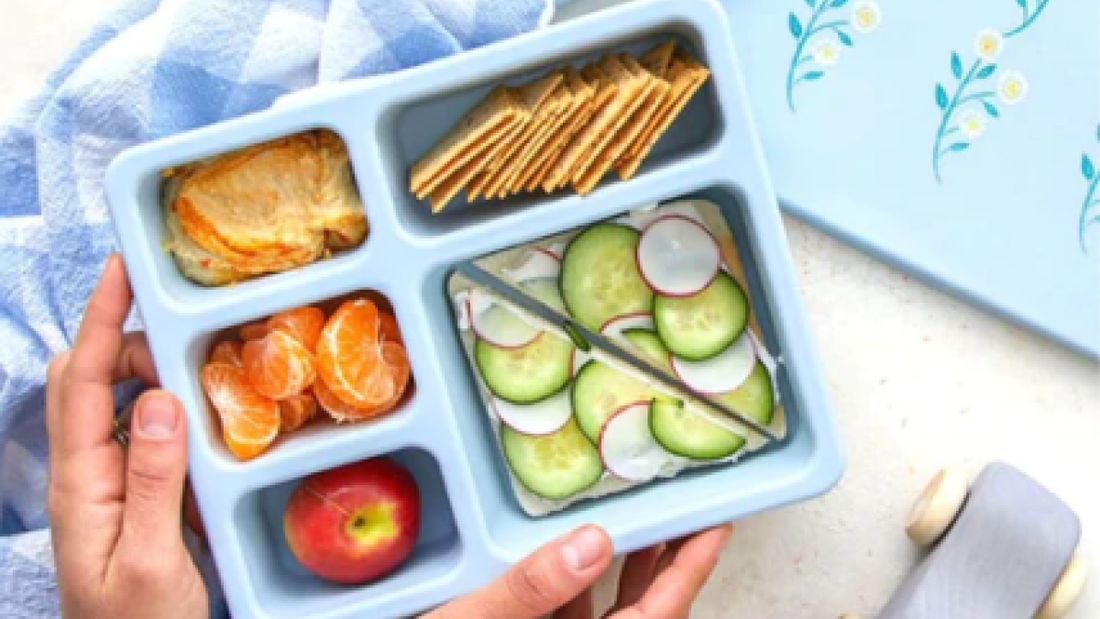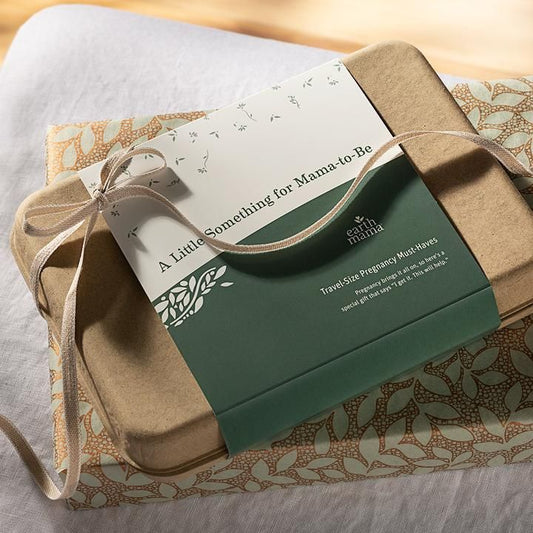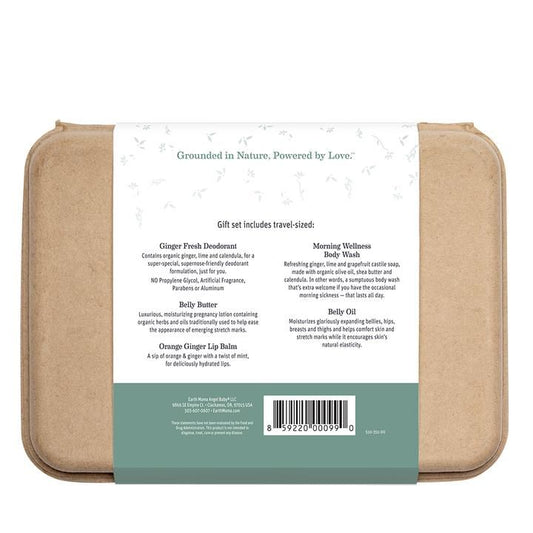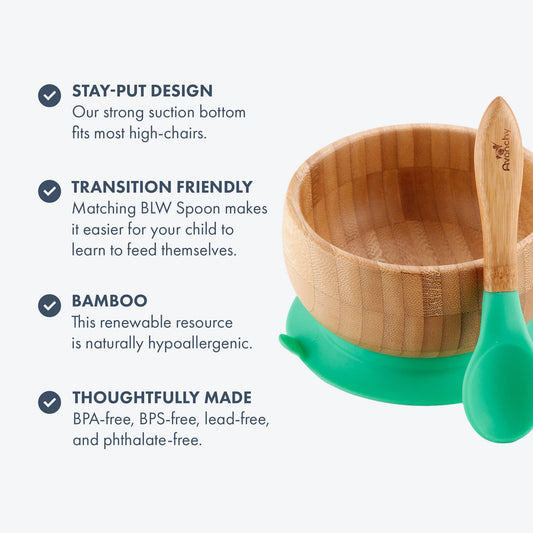
Comprehensive Guide to Safe Baby Bottles & Food Storage
Share
When it comes to ensuring the well-being of your children, it's essential to consider not only the quality of the food they consume but also the materials used for feeding. Traditional plastic bottles have raised concerns due to the potential presence of BPA, a chemical that poses potential risks. However, the market now offers BPA-free alternatives and glass bottles. Beyond bottles, parents must also be vigilant about the presence of BPA and PVC in food storage containers. Discover secure and healthy baby bottle options in our dedicated Bottles & Sippy Cups section.
Understanding BPA's Impact
Safe plastic goes beyond just being BPA-free (learn more from our article An Alphabet of Bisphenols) and should also be devoid of phthalates. Several bottles are made from polycarbonate plastic or polyvinyl chloride (PVC) and are softened using BPA and phthalates, both of which are recognized hormone disruptors. Hormone disruptors are synthetic chemicals that mimic natural hormones1. These substances can lead to "hormone alteration, reproductive system deficits, and low fertility" in boys, and "early-onset puberty" in girls.
A study conducted by the Center for Disease Control found BPA in 95% of tested individuals' urine, with higher concentrations observed in younger subjects. The median chemical level exceeded levels known to cause harm to animals3. In January 2008, the National Toxicology Program released a report expressing concerns about BPA's impact on fetuses and young children. BPA's discovery dates back to 1891 during the search for synthetic estrogens.
Chemicals from plastics can migrate into your child's food or beverages with regular use, particularly when exposed to high temperatures (such as microwaving, dishwashing, and sterilizing)4. Studies have documented BPA leaching from bottles during freezing, heating, storage at room temperature, and reuse.
Opting for BPA-Free plastics might not be effective if they substitute BPA with BPS or other bisphenols (Learn more in our article Why BPA-Free Products Aren't Any Better).
Selecting Safe Baby Bottles
If you prefer using plastic, opt for polypropylene or polyethylene with numbers 1, 2, 4, or 56.
Avoid products made from plastics marked with the following numbers:
- #3 represents PVC, which releases phthalates.
- #6 indicates polystyrene, which can potentially leach styrene (a carcinogen)6 into food, especially when microwaved.
- #7 typically denotes polycarbonate plastic, which can release hormonally disruptive BPA.
Glass and silicone are other secure alternatives. Many glass bottles now come with protective sleeves to prevent breakage upon impact.
Nipples
Plastic nipples may contain phthalates. Silicone nipples are a preferable option as they can be found without phthalates.
Safe Food Storage
Plastic wrap and food containers might contain PVC and other toxins. Prioritize the use of glass, stainless steel, or storage options that are free from BPA and PVC. Cling wraps are often made from PVC, which can leach into food. If you must use plastic containers, avoid #3, #6, and #7, and never microwave them.
Dishes
Several appealing plastic children's dishes are composed of melamine—a substance that caused urinary tract infections and kidney damage in China when ingested through infant formula. The FDA has stated that no level of melamine exposure is safe for infants. Studies even as recent as 2006 showed leaching of melamine from food containers like mugs into the food contained. Opt for stainless steel or safer plastics instead.
References:
- Healthy Baby Guide to Bottles & Food Storage by Sprout San Francisco
- Women's Health and the Environment Network – http://www.wsn.org
- "Do You Know What’s In Your Baby’s Mattress?" – Healthy Child, Healthy World
- Barnett, Sloan, "Green Goes with Everything," p.116
- http://hubpages.com/hub/How-to-Avoid-BPA-in-Baby-Bottles-and-Sippy-Cups
- "Smart plastics guide: healthier food uses of plastics for parents and children." Institute for agriculture and trade policy. October 2005.
- www.ewg.org









